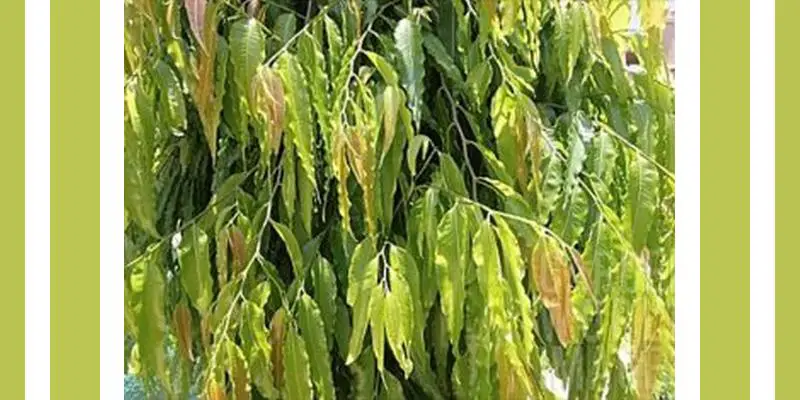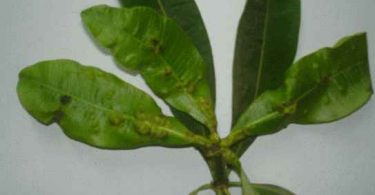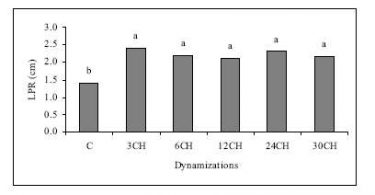Radko Tichavsky is a Czech born Mexican Agrohomeopath. He is a co-founder and director of Instituto Comenius in Mexico and author of Handbook of Agrohomeopathy, 2007 (Spanish) and Homeopathy for Plants, 2009 (Spanish) and creator and teacher of Holohomeopathy.
Agrohomeopathy Course!
Radko Tichavskyi is now offering a one semester virtual course in Agrohomeopathy (in English). You can learn how to define and analyze holons and how to repertorize the specific homeopathic treatment beyond just disease or pest names. You can find out more here: www.icomenius.edu.mx
A Materia Medica and Repertory for Plants: Mark Moodie hosts the website “Considera”, which provides a growing M.M and Repertory for plants and discusses resources for biodynamics and Agrohomeopathy .The website allows the world community to contribute their experiences in planting.
Hello Mr. Tichavsky,
We have an infestation of ‘mile a minute weed’: Persicaria perfoliata www.Invasivespeciesinfo.gov I saw it sprout about a week ago. It is like a carpet across a large expanse of ground underneath some olive bushes. There are a million small sprouts and I know it is very fast growing and aggressive. We live in Orange County, NY, USA (Zipcode: 10912) . temperatures range from 35 F to 80 F. Average annual rainfall 40 inches. Can you make any suggestions?
Thank you
Rachel Chaput
Radko Tichavsky
Dear Rachel,
Exotic species usually cause many headaches to farmers because they lack natural enemies, or they are very few and it takes time for them to appear in sufficient quantity and with the ability to control the exotic species. There is little homeopathic experience with the control of this plant; some experiments have been done with applications of Asparagus setaceus radix 3 CH (elaborated from the elaborated mother tincture of the roots) alternated with Natrum muriaticum 6 CH, and inoculating the plant by infecting it with Colletotrichum gloeosporioides, a pathogenic fungus very common in the producers of avocado and mango for example, to which this exotic species is not resistant.
Another possibility is to prepare a mother tincture from the leaves of the ‘mile a minute weed’ and apply it by spraying this homeopathic remedy at 6 CH potency around the plants in the rest of the holon (but not directly on the Persicaria perfoliataplants). This will increase the possibility that one of the polyphagous insects and some fungal pathogens present in your holon should be interested in and will help you fight this plant. You can also apply Larrea tridentata 3 CH sprayed directly on the Persicaria perfoliata plants.
Dear Dr. Tichavsky,
I live in Northern India. I have a one acre chilly crop. White grubs are a very big problem. They cut the roots of plants in the soil. Can you suggest remedies for this and tell me how to apply them?
Thank you
Gangasahay Kumawat
Radko Tichavsky
Dear Gangasahay,
You can apply the main remedy, Vitis vinifera radix, that is the indicated homeopathic remedy because of its great metabolical similarity. It has to be prepared from the root of the vine plant and applied at a potency 6 CH. This homeopathic remedy is then dissolved in the irrigation water. For every 200 liters of irrigation in addition to the homeopathic remedy, add 1 liter of Opuntia ficus-indica sap as an adjuvant to ensure that the homeopathic remedies dissolve gradually in the soil. You can alternate this remedy with Punica granatum radix 6 CH, Cina officinalis 6 CH and Spigelia 6 CH; all have to be applied on the soil.
Dear Radko,
We live in Naperville, which is west of Chicago, Illinois, by 30 miles. Our ash tree is infected with Emerald Ash Borer. The tree has holes all over, and one branch is almost dead. Can we save it using homeopathic remedies? We also have a healthy Ash tree in our front yard and I would like to know how to protect it from this Emerald Ash Borer. The average rainfall is 38” per year and average snow fall is 26” per year. We have a long winter, long summer and very short spring and short fall.
Temperatures are:
May – 9-24 C
June – 14-29 C
July – 17 – 31 C
Aug – 16 – 29
Thank you,
Victoria
Radko Tichavsky
Hello Victoria,
Thank you for the detailed report of temperature conditions in your holon. One of the ways to protect your healthy ash tree is by applying Ganoderma applanatum 6 CH or Ganoderma lucidum 6 CH, which will ensure a good flow of sap inside the tree. In fact, Agrilus planipennismake oviposition with preference in the trees of devitalized Fraxinus spp. Once a pest is detected, Berberis vulgaris 6 CH can be applied. A good idea is to put small fresh water containers near the tree for the woodpeckers who usually detect the infestation of a tree before humans can, and they help in the elimination of prepupa larvaes.
It is also important when acquiring Fraxinus trees to be sure that they are always inoculated with mycorrhizae, which increases the vigor of the tree and decreases the chance of it succumbing to pest attacks, a process that in an adult tree can last between 3 to 5 years, and the larvae are helped by other fungi associated with this pest. In the case of trees, applications of Ganoderma lucidum or Ganoderma applanatum each 2 or 3 months and with a mycorrhized tree, the “territory” is not suitable for the permanence of the pest, because the fungus that collaborates in the life cycle of the larvae cannot develop correctly.
Dear Dr. Tichavsky,
The Potato leafhopper (Empoasca fabae ) has destroyed potato crops nearby and we’re trying to learn how to avoid an infestation. The potato leaves veins become yellow and curl up and then the leaves die. We live in Vergennes Vermont, Zipcode 05491. Temperatures range from 29F to 81 F. Average rainfall is 39 inches. Can you suggest a strategy?
Thank you
Maria
Radko Tichavsky,
Dear Maria,
You can control the Empoasca fabae with the application of Azadirachta indica 6 CH or with Melia azedarach 6 CH or with the applications of Sapindus saponaria 6 CH (making the mother tincture from the seeds) or with Artemisia absinthium 6 CH. Always add a little sunflower oil as coadjuvant before applying these homeopathy remedies so they will adhere to the plant and not be washed out by irrigation or rain.






